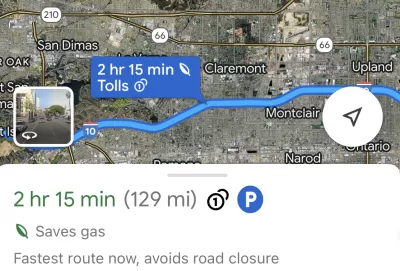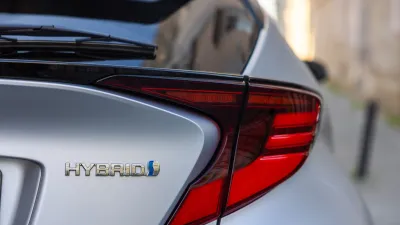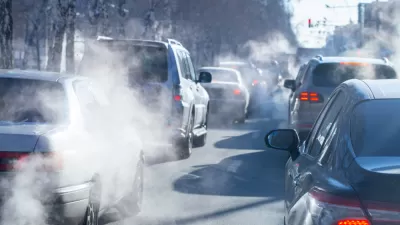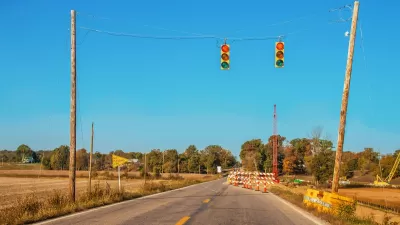A new feature highlights routes that use the least gas to help users make the most fuel-efficient driving decisions.

Have you noticed the “Saves gas” option in your Google Maps directions? Plug in a destination and you’ll likely receive several options, one of which will be labeled as the most fuel-efficient one.
According to an article by Justine Calma in The Verge, “Google uses a machine learning model to predict which route is the most fuel- or energy-efficient and recommends it to Maps users. If the most fuel-efficient route is also the fastest, Google Maps will default to that option.” The company says drivers have used these suggested routes to save roughly 1.2 million metric tons of carbon dioxide emissions since it launched the tool in 2021.
Users can also provide additional information, such as whether they drive an electric car, to get more accurate results. “To be sure, taking public transit, biking, or walking are still more sustainable alternatives, and Google says it’s working to make Maps easier to use outside of driving.”
Calma points out that “Google produces exponentially more pollution than any household, of course. Its carbon footprint added up to more than 10.18 million metric tons of CO2 emitted in 2022, roughly equivalent to pollution from more than 25 gas-fired power plants in a year.”
FULL STORY: People are using Google Maps to cut down tailpipe pollution

Study: Maui’s Plan to Convert Vacation Rentals to Long-Term Housing Could Cause Nearly $1 Billion Economic Loss
The plan would reduce visitor accommodation by 25,% resulting in 1,900 jobs lost.

North Texas Transit Leaders Tout Benefits of TOD for Growing Region
At a summit focused on transit-oriented development, policymakers discussed how North Texas’ expanded light rail system can serve as a tool for economic growth.

Using Old Oil and Gas Wells for Green Energy Storage
Penn State researchers have found that repurposing abandoned oil and gas wells for geothermal-assisted compressed-air energy storage can boost efficiency, reduce environmental risks, and support clean energy and job transitions.

How Madison’s Tree Planting Efforts Are Growing a Healthier Community
Madison’s annual tree planting initiative is enhancing environmental resilience, public health, and community livability by adding 1,400 carefully selected trees citywide, with strong community and institutional support for urban forestry.

Texas State Bills Could Kill Transit Funding in Dallas, Austin
State lawmakers could pull funding from the state’s largest transit agency and the ambitious Project Connect, a voter-approved transit project in Austin.

Opinion: DC Encampment Sweeps Hide, but Don’t Solve, Homelessness
President Trump recently ordered the clearing of encampments built by unhoused people on federal land in Washington, D.C.
Urban Design for Planners 1: Software Tools
This six-course series explores essential urban design concepts using open source software and equips planners with the tools they need to participate fully in the urban design process.
Planning for Universal Design
Learn the tools for implementing Universal Design in planning regulations.
Ascent Environmental
Borough of Carlisle
Institute for Housing and Urban Development Studies (IHS)
City of Grandview
Harvard GSD Executive Education
Toledo-Lucas County Plan Commissions
Salt Lake City
NYU Wagner Graduate School of Public Service





























